What Do Wonder Woman & DISC Have In Common?
DISC serves as a looking glass, providing awareness and insight into how others may perceive us when we engage with them. Built on the foundations of the research of Dr William Marston (the creator of the comic book character Wonder Woman), this blog explores the framework of DISC and why it is favoured as a behavioural assessment tool by the Fortune 500 companies and Scope Vision.
Mobilising Your Team to Deliver the Company Vision
Align your Team’s Vision, Behaviour and Consequences
What causes a team to derail? A mismatch in team values? The wrong membership from the outset? Ineffective recruitment and on-boarding?
Whilst all may be key contributors, one thing is certain; the only way to establish and drive high performing teams is to align team vision, behaviour and consequences.
Heard it all before? Great! Now is the time to get back to basics. The formula hasn’t changed; 21st Century leaders who invest time, energy and resources to align team vision, behaviour and consequences with corporate strategy segue team performance and evoke high performing teams within their organisations.
With different communication preferences in play, it is little wonder that the average team soon hits the skids and it’s difficult for them to regain traction. Without acknowledging and embracing the diversity that each member brings to the team, members often struggle to align their behaviour to the vision as they seek to engage and interact with one another.
Not everyone shares the same values, nor finds certain behaviours appropriate or acceptable. I am drawn to the example of the humble ‘fart’ as I seek to explain why teams often struggle to find common ground unless collaborative dialogue is initiated. Let me digress and explain. When growing up, some of us were taught that expelling air from the body was a natural and normal process to be celebrated and often laughed at (particularly when it arrives at an inappropriate moment). Others education led them to believe that the passing of wind was a behaviour that needed to be done in solitary confinement and was far from a celebratory occurrence.
Fast forward to the office; whose education was the correct one? Whilst I am not alluding to the fact that passing wind in the office should be done ‘Gangnam’ style, I think that it eloquently highlights why tensions occur. Unless we invest time agreeing on behaviours which support and underpin our team processes we have the potential to assume that we were all raised in the same household.
A dangerous foundation to lay if your aim is to build and challenge a high performing team.
So what dialogues should we consider? Here’s a list of where you can start:
- Time management: What is the norm in the office if you think that you may be absent or late for work? What are the consequences?
- Delivering results: When a due date is set, what is the process for changing it?
- Meeting schedule: How often should we meet and in what forum?
- Email: When to CC and when not to. Use of FYI; please action; and hold for later in the subject line.
- Straight talk: How should you approach one another when you need to engage in a crucial conversation? What’s the ‘whistle’ or buzz word to indicate that behaviour is unacceptable? [Our team favours the use of the phrase ‘team value’].
- Good corporate citizenship: Establish the mindset that you are there to enable one another and that conversations aimed at devaluing a colleague should not be engaged in.
- Proactive problem solving: We are all on the same team; our vision must align to proactively seek solutions that are the best options for our organisation and our stakeholders.
- Days off: What is the process for sick days and personal leave days; is honesty always the best policy?
- Communication and collaboration: How is it captured and updated? What arethe process and what are the not negotiables?
- Standards and quality measurements: What benchmarks are my measurements? How do I report on them? What is the consequence for not meeting them?
- Performance management: What is the process and the system? How often will I be asked how I am going?
- Interpersonal behaviour: What is our internal customer communication standard? How do we greet and treat one another?
- Positive attitude, positive mindset: Get off the bus if you don’t like your job! We do and we’d like to stay!
- Don’t tolerate poor behaviour: Everyone is responsible for contributing to team morale, negative behaviour and attitudes must not be built upon.
If you have tips and tricks on how to build cohesive behaviour in a high performing team…. leave them below or comment on Facebook or LinkedIn…. we always value hearing your thoughts and opinions!











